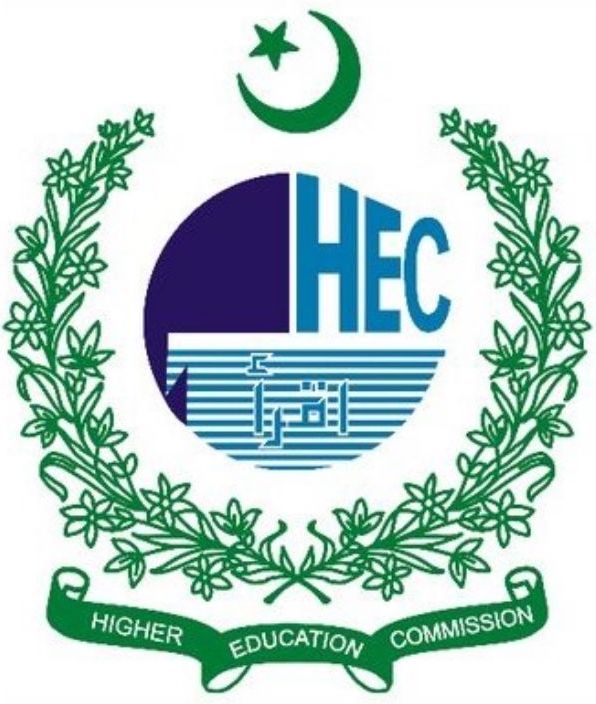Classroom Environment and Academic Achievement: A Comparative Study of Secondary Schools in Urban Sindh, Pakistan
DOI:
https://doi.org/10.63056/ACAD.004.03.0331Keywords:
Classroom Environment; Academic Achievement; Secondary Education; Urban Sindh; Educational Psychology; Learning Resources; School Infrastructure; Student Performance; Pakistan Education; Comparative StudyAbstract
This study investigates the influence of classroom environments on the academic achievement of secondary school students in four major urban centers of Sindh, Pakistan: Karachi, Hyderabad, Sukkur, and Mirpurkhas. Utilizing a quantitative, descriptive-correlational design, data were collected from 400 students through a structured questionnaire adapted from the Classroom Environment Scale (CES). The analysis revealed significant positive correlations between academic performance and three key dimensions of classroom environment physical infrastructure, psychological climate, and instructional resources. Among these, psychological factors such as teacher-student relationships and peer interaction exhibited the strongest influence. ANOVA results further indicated significant inter-city differences, with students in Karachi and Hyderabad reporting more favorable environments than those in Sukkur and Mirpurkhas. The findings highlight the role of localized classroom conditions in influencing educational outcomes and advocate for targeted interventions and policy reforms tailored to the diverse educational landscapes of Sindh.
Downloads
Published
Issue
Section
License
Copyright (c) 2025 Dr. Nazia Dharejo (Author)

This work is licensed under a Creative Commons Attribution 4.0 International License.












